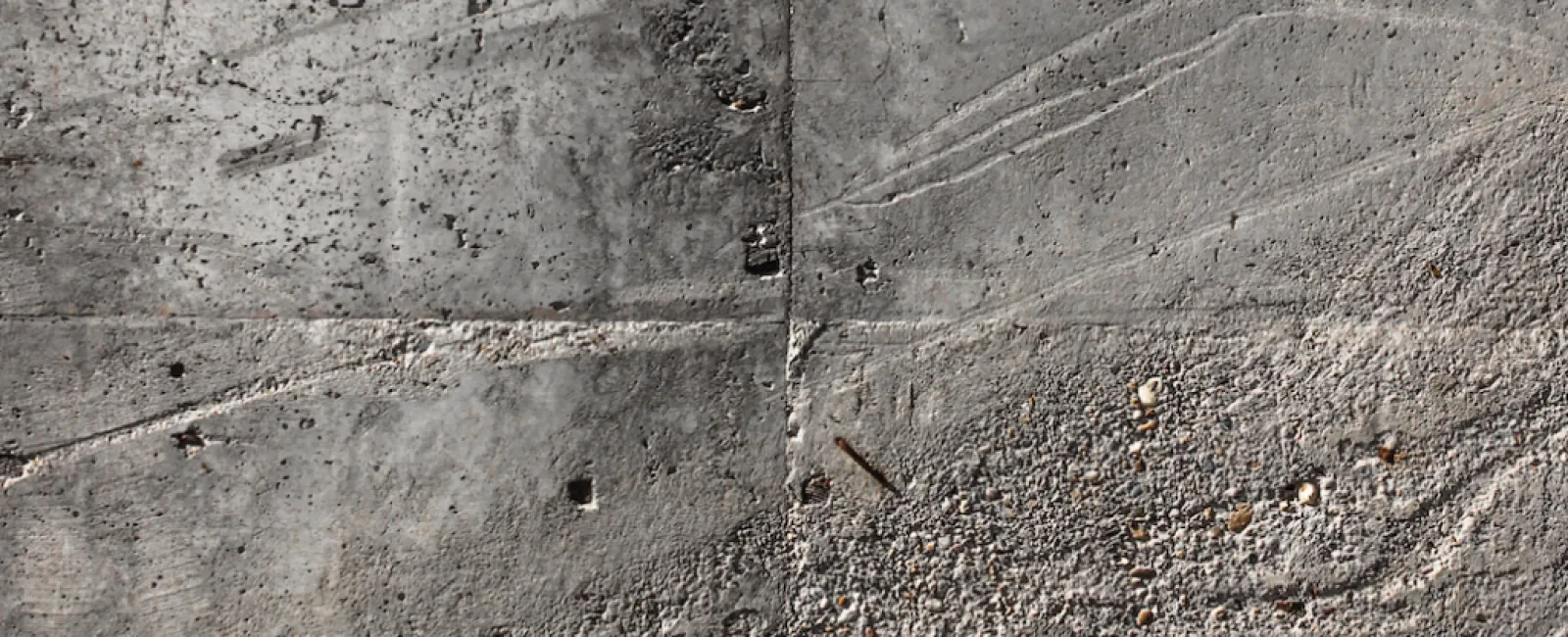Concrete: Unveiling the Homogeneity vs. Heterogeneity Debate
Concrete, a ubiquitous material in construction, has sparked an ongoing debate regarding its classification as homogeneous or heterogeneous. Homogeneity implies a uniform composition, while heterogeneity suggests the presence of different components. In this blog post, we will delve into the nature of concrete and explore the arguments surrounding its categorization. By shedding light on the composition and structure of concrete, we aim to bring clarity to this intriguing discussion.
The Composition of Concrete
Concrete is a composite material comprised of various components, each playing a crucial role in its overall performance. Understanding these components is essential to grasp the homogeneity vs. heterogeneity debate:
- Cement Paste: The Matrix. Cement paste, composed of cement and water, acts as the matrix of concrete. Cement is the binding agent responsible for holding the other components together, while water facilitates the chemical reactions necessary for the hardening of the concrete.
- Aggregates: The Reinforcement. Aggregates, including sand, gravel, crushed stone, and recycled concrete, form the bulk of the concrete mixture. These materials provide strength, stability, and volume to the structure. The size, shape, and grading of the aggregates impact the properties of concrete, such as its strength and workability.
- Admixtures: The Enhancers. Admixtures are additional substances added to the concrete mix to modify specific properties. They can improve workability, enhance strength, control setting time, or provide resistance to adverse conditions. Examples of admixtures include plasticizers, accelerators, retarders, and air-entraining agents.
The Homogeneity Perspective
Advocates of the homogeneity perspective argue that concrete can be classified as a homogeneous material due to the following reasons:
- Microscopic View: When observed at a microscopic level, concrete appears to have a relatively uniform composition. The cement paste and aggregates blend together, creating a cohesive structure without distinct boundaries.
- Macroscopic Uniformity: On a macroscopic scale, concrete often displays a consistent appearance and behavior throughout a given sample or element. This uniformity is attributed to the thorough mixing of the ingredients during the production process.
The Heterogeneity Perspective
Those supporting the heterogeneity viewpoint contend that concrete possesses a heterogeneous nature, emphasizing the following aspects:
- Variation in Aggregate Distribution: Aggregates in concrete are not evenly distributed, leading to regions with different concentrations. This non-uniform distribution can result in variations in strength and other properties across the structure.
- Porosity and Voids: Concrete contains pores and voids, which vary in size, shape, and distribution. These voids can affect the permeability, durability, and mechanical properties of the material, introducing heterogeneity.
- Cracks and Imperfections: Concrete structures may develop cracks and imperfections due to factors such as drying shrinkage, temperature changes, or external loads. These irregularities contribute to the heterogeneity of the material.
In conclusion, the homogeneity vs. heterogeneity debate surrounding concrete is a nuanced one. While concrete exhibits characteristics of both homogeneous and heterogeneous materials, it leans more towards the latter due to the presence of variations in aggregate distribution, porosity, voids, and cracks. Recognizing this inherent heterogeneity is crucial for engineers, architects, and construction professionals to properly design, analyze, and evaluate concrete structures. Ultimately, a comprehensive understanding of the composition and properties of concrete will lead to better construction practices and improved performance of concrete-based infrastructure.

